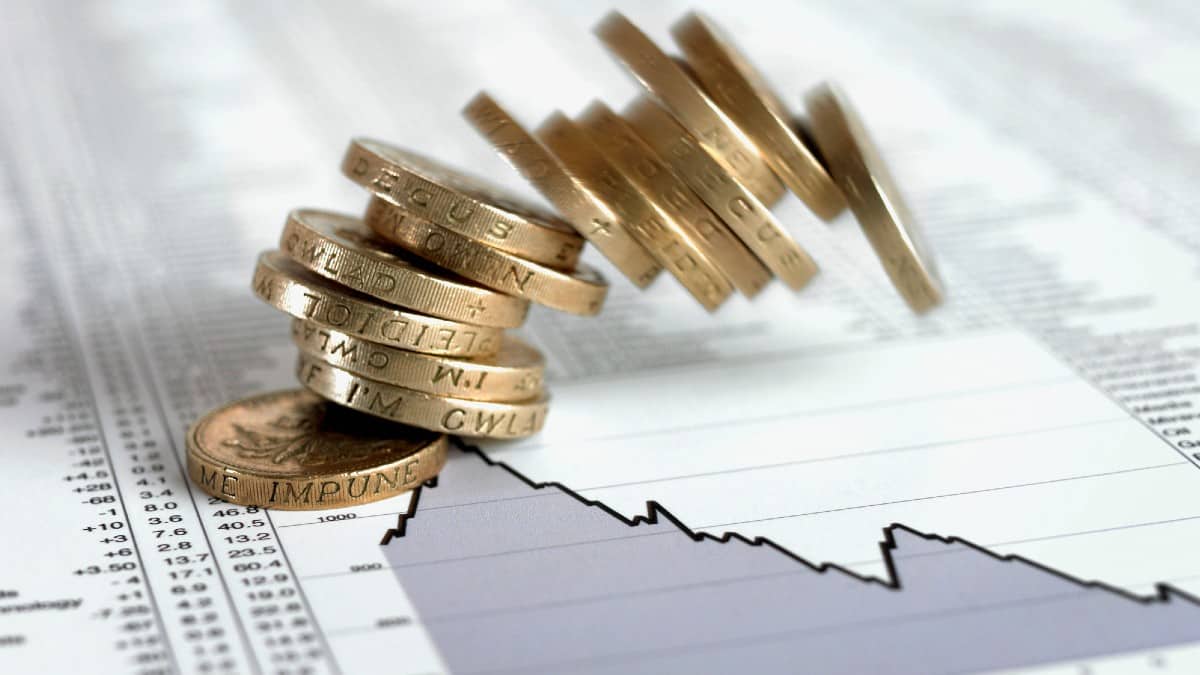The ASOS (LSE: ASC) share price slumped 20% on Wednesday. I don’t think the markets liked the firm’s first-half performance.
The shares are now down 93% in five years. ASOS did look overvalued to me in the past. But that’s still painful.
First-half results
Last year, new chief executive José Antonio Ramos Calamonte spoke of making progress at ASOS within the last 12 months. But there’s little sign of it so far. In fact, things look like they’re still getting worse.
The firm posted an adjusted pre-tax loss of £87.4m in the half, from a small profit in the same period last year. That’s after revenue fell 8% (or 10% at constant currency).
And on a reported basis, things look a lot more dire. We see a reported loss before tax of a whopping £291m, compared to last year’s £15.8m loss. And that’s even with a 36% gross margin.
My biggest fear
I wouldn’t worry too much about this in profit terms, if the cash situation looked like it was tightening. But it’s far from it.
The half ended with free cash outflow of £263m. That’s more than last year’s first half. Then there’s the thing that I think could mean the biggest risk.
Soaring debt
Net debt soared to a huge £432m.
At the same point last year, it was just £62.6m. And by the end of the year, it was up to only a still fairly modest £153m.
But is it all bad? No, I don’t think so. I always thought things were likely to get worse at ASOS before they started to improve. I am, though, starting to think that the board’s optimistic words from previous updates were maybe just a bit too glossy.
The firm is still sticking with its full-year guidance, though. There’s talk of ‘Driving Change’ agenda benefits, inventory reduction, and a gross margin rise.
Free cash flow?
And the board is still targeting profit and cash generation in the second half. It says it expects adjusted earnings before interest and tax (EBIT) of £40m-£60m, with free cash flow of at least £150m in H2.
So, have I reversed my bullish stance on ASOS shares? No, but I think I’m softening it a bit. And I think the timescale for a return to profit might be longer than I first hoped.
A lot might depend on liquidity, too. I mean, net debt is getting close to the market cap of the entire company.
Return to profit?
Forecasts suggest a return to profit in 2024, with a price-to-earnings (P/E) ratio of 14 for that year. But adjusting for debt would almost double the effective P/E. And the City might well revise its outlook downwards after this H1 update.
I still rate ASOS as a decent recovery candidate for the long term. But where I previously thought 2023 might be a good year for a small investment, I’m going to delay that thought now.
So how low can ASOS shares go before we see any gains? If the company fails to hit its year-end guidance, I fear it could be some way yet.








